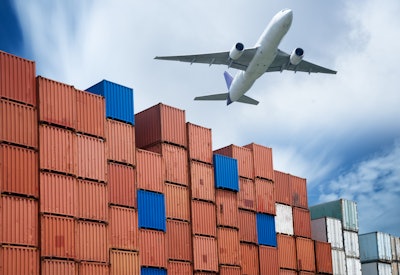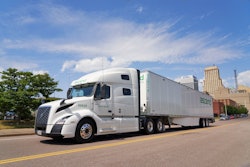
There is no doubt that 2021 has been an extraordinary year in many ways, and the logistics and supply chain landscapes were now exception. In fact, 2021 is dubbed the “Year of the Bottleneck." From Asia, through Europe to North America and Latin America, much has been said and written about the challenges the global supply chain faces trying to get goods and services to their final destinations. From raw materials and production to shipping and employee hiring, almost every industry has faced severe headwinds.
While this is happening, the earth continues to rotate around the sun, the seasons continue to change and life continues to move forward. Before saying farewell to 2021 and welcoming 2022 with open arms, let’s consider some other macro-international factors such as price inflation (which continues to show lags from the pandemic, as well as the arrival of Omicron); the absence of products on the physical and digital shelves; and longer delivery windows for durable goods such as automobiles and computers.
The good news is that with the $45 billion e-commerce market expected to grow to 17% of all U.S. retail sales by 2022, businesses have embraced delivery and last-mile logistics as “need to have” rather than “nice to have.” Online marketplaces have redefined the last-mile landscape as providers of the first choice, while many other retailers continue to manage deliveries themselves with a fleet of delivery trucks and dedicated teams. Here is where software and digitization technologies have stepped in to help:
● Shippers overseeing capacity in their multimodal systems can shift from marine to air as necessary.
● Retailers manage and optimize their shelves to minimize overbuying and discounting cycles.
● Delivery services handle the crush of items through the e-commerce channel with the promise of rapid delivery, especially in urban markets.
While the app economy has brought e-commerce to consumers’ fingertips, fulfillment and delivery are more complex to handle. Internet of Things (IoT) systems and software adoption have enabled a plethora of data derived from goods moving through the supply chain - data that can be collected, analyzed and used to improve outcomes.
As a result, there’s a lot of activity in the category of supply chain visibility for both global interconnected manufacturing supply chains as well as time and temperature-sensitive vaccine production.
As of early December, fears of widespread and critical shortages have eased. Delivery providers anticipate a much lower shortfall in delivery capacity than in previous years, and ocean-going shippers have turned around the dislocation of containers and cargo ships that was prevalent this summer. The bigger supply chain concern now is, how exactly are additional production and shipping costs going to be passed along to customers?

















![Pros To Know 2026 [color]](https://img.sdcexec.com/mindful/acbm/workspaces/default/uploads/2025/08/prostoknow-2026-color.mduFvhpgMk.png?ar=16%3A9&auto=format%2Ccompress&bg=fff&fill-color=fff&fit=fill&h=135&q=70&w=240)

